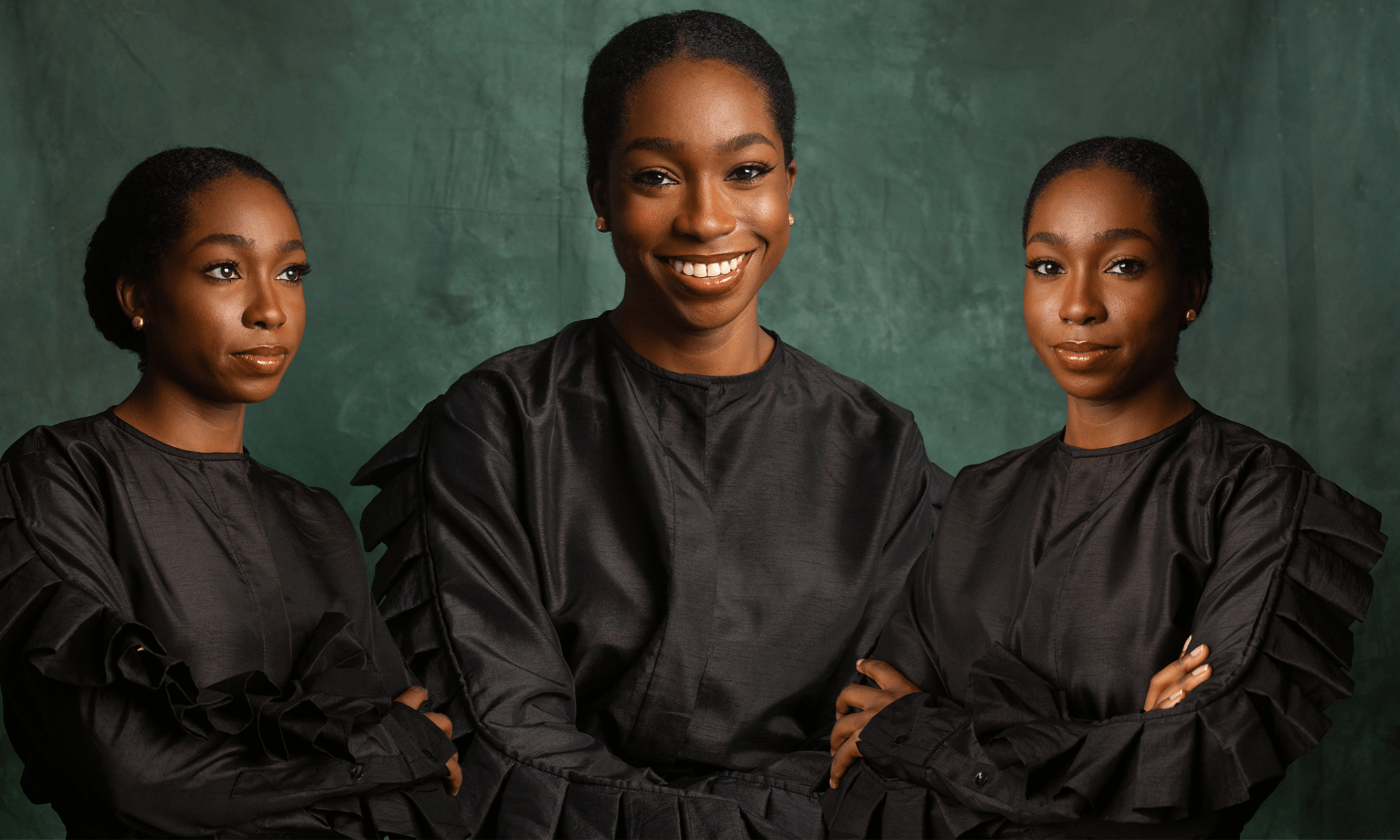
Author
Atypical anorexia nervosa: how I learned that Black girls can have eating disorders too
This Eating Disorder Awareness Week, Kelechi Okeahialam reveals how she had atypical anorexia nervosa for 10 years without realising it.
Kelechi Okeahialam and Editors
04 Mar 2021
Content warning: mentions of eating disorders
I’ve always had a complicated relationship with food, my body and control, but when I was formally diagnosed with an eating disorder called atypical anorexia nervosa last November, I was confused.
Some of that confusion came from not knowing what atypical anorexia looks like (I later learned that ‘atypical’ means I have all the symptoms of anorexia but my weight remains in the ‘normal’ range). However, the main thing that baffled me was how, in a population of 1.25 million people who have eating disorders in the UK, I didn’t believe that at least some of them would be Black girls, and therefore, look like me. Getting diagnosed was a terrifying experience, especially as eating disorders are among the deadliest of mental illnesses. I’ve been suffering with one for over 10 years without knowing.
As far back as I remember, I felt as though the world was telling me two things – I’m not pretty and I’m not in control. When I was seven, I remember overhearing a family friend say it was a shame I was dark skinned like my father. When I was nine, I remember feeling like parents, teachers and friends had already decided who I was going to be. I just had to follow along and make sure everyone else was happy, even if I was not.
So it’s unsurprising that at age of 13, I remember lying in bed, typing some combination of words on my iPod touch and being introduced to ‘Ana’, which is what the pro-anorexia Tumblr accounts I’d stumbled upon called anorexia. Ana was a friend who could help me gain control and feel pretty in the way I needed the most. The anorexia community felt like a group of people who understood what I was going through, but on a deeper level, I knew I could never truly be part of the group. I knew that no matter how much I played by Ana’s rules, I could never truly be ‘pretty’ or truly be in control – because I wasn’t a skinny, white, middle-class teenage girl.
“If you don’t see people like you with eating disorders, it’s infinitely harder to understand that you have a potentially deadly mental illness or seek help”
Representation on pro-anorexia blogs is not the hill I want to die on, but it matters when thinking about the recovery of people who aren’t skinny white girls. If you don’t see people like you with eating disorders, it’s infinitely harder to understand that you have a potentially deadly mental illness or seek help. Despite less than 6% of people with eating disorders being medically diagnosed as “underweight”, multiple healthcare professionals couldn’t see that I had an eating disorder because, as a Black girl with a ‘normal’ BMI, I didn’t fit the stereotype.
When I was a teenager, I assumed feeling ugly and feeling out of control was a rite of passage, something that every girl went through and grew out of – but I never grew out of it. For over 10 years I’ve been perfecting the art of my eating disorder, embedding it into my day to day life. I’ve lost count of the ways I hid this from people around me, tricked them and myself into thinking I was healthy and shamed myself into starvation.
Having an eating disorder means focusing on anything but food and your body is nearly impossible. If my brain had five tabs open, two of them were about food and two of them were about how ugly and unworthy I was. I could temporarily distract myself from negative tabs by going on a date or grabbing cocktails with my girls, but when the pandemic started, I lost my distractions. I spent every waking moment feeling powerless, thinking about food and my body.
“I went looking for a Black therapist specialising in eating disorders. I needed someone who looked like me, helping me”
When my mental calorie counter factored in the glue of a stamp, a small voice in my head said “this has gone on long enough” and surprisingly, I listened. I went looking for a Black therapist specialising in eating disorders. I needed someone who looked like me, helping me. Not only does this help me feel comfortable putting jollof rice and okra soup on my food log, but more importantly, it helps to talk to someone who understands how my eating disorder is informed by the white supremacist patriarchal world we live in.
To me, long-term recovery looks like feeling free to eat what I want, having an inner voice that is kind to me and knowing that I am beautiful. Therapy is helping me get to this point, slowly but surely. I have alarms in my phone to remind me to eat, I’m learning new coping mechanisms to feel grounded and I now talk back to my mean inner voice. Healing also consists of reading and finding out about the lived experiences of other Black women with eating disorders.
I don’t always remember to eat when I should but I’m trying – I was so proud of myself when I managed to eat all my meals and snacks for seven days in a row. I don’t know if I would say I love myself, but I’ve definitely stopped hating myself as much as I did and I’m trying to take care of myself. As Audre Lorde says, “Caring for myself is not self-indulgence, it is self-preservation, and that is an act of political warfare.”







